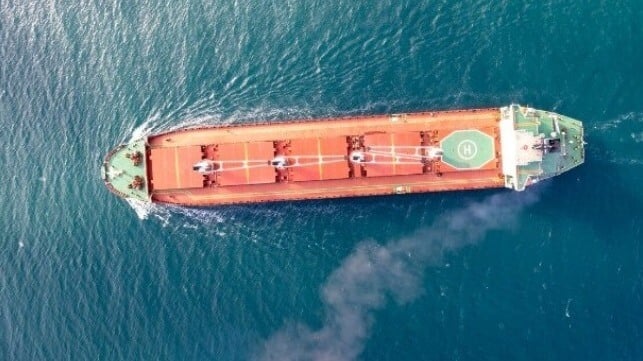Understanding the IMO’s Net-Zero Framework

As the International Maritime Organization (IMO) releases more detail on its forthcoming Net-Zero Framework—set to take effect in 2027 assuming it is adopted in 2025—it’s becoming increasingly clear that complexity will be one of its defining features. Though at first glance the framework may resemble the EU’s FuelEU Maritime regulation, which focuses on well-to-wake greenhouse gas (GHG) intensity, the IMO’s approach appears to go significantly further.
What distinguishes the IMO’s framework is its introduction of a two-tier compliance system, alongside differential pricing for so-called “remedial units” designed to ensure vessels remain within agreed emissions limits. This layering brings both challenges and opportunities, especially because shipowners and charterers will need to collaborate closely to navigate its implications. From the legal allocation of costs and risks to operational decision-making, the framework will demand a new level of commercial and regulatory coordination in the industry.
Unsurprisingly, the announcement of the IMO’s framework has prompted a wave of questions from across the sector. In just the past week, three separate clients have asked whether this new regime will override the existing landscape of regulations which they have only recently begun to apply and integrate into their business models —namely, the application of the EU Emissions Trading System (EU ETS) to shipping, the FuelEU Maritime regulation, and the IMO’s very own Carbon Intensity Indicator (CII). The short answer is: not yet.
For now at least, the Net-Zero Framework will supplement these regulations - not replace them. As an IMO instrument, it has no immediate impact on EU law, nor does it negate the industry’s present obligations under ETS or FuelEU Maritime. However, as with many multi-jurisdictional regimes, a key question will be whether the EU eventually adapts its rules to align with the IMO’s framework, particularly to avoid duplication or undesirable regulatory conflict.
It’s also worth noting that the CII - an earlier IMO initiative aimed at reducing emissions intensity - is itself under review and could see significant changes in 2026. Any future revision may aim to better integrate CII into the IMO’s broader net-zero ambition and align with the market-based measures that the new framework seems poised to introduce.
The framework is also sparking broader strategic conversations - especially when it comes to fuel pathways and the role of transitional technologies like LNG. Although the United States withdrew from the final negotiations, the framework is noteworthy for its inclusive stance on alternative fuels. Rather than narrowing the path, it leaves room for multiple decarbonisation options, at least for the time being.
For the LNG sector, this is a welcome signal. With LNG dual-fuel vessels currently comprising around two-thirds of the global alternative fuel-capable fleet, continued recognition of LNG as a viable transitional fuel helps ensure that these assets retain commercial value. In a sector where capital commitments are long-term and strategic, that clarity is critical.
Still, significant uncertainty remains. The industry must prepare not only for the operational and contractual consequences of the IMO’s evolving climate rules, but also for their interaction with existing regulatory structures and future market dynamics. What is clear, however, is that the IMO’s Net-Zero Framework marks a major step in the sector’s decarbonisation journey - one that will demand adaptability, legal foresight, and above all, collaboration.
Nick Austin is a lawyer in Reed Smith’s Transportation Industry Group.
The opinions expressed herein are the author's and not necessarily those of The Maritime Executive.
